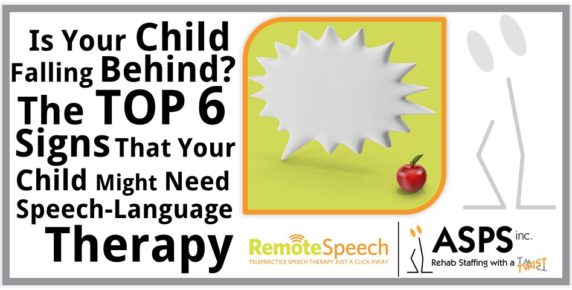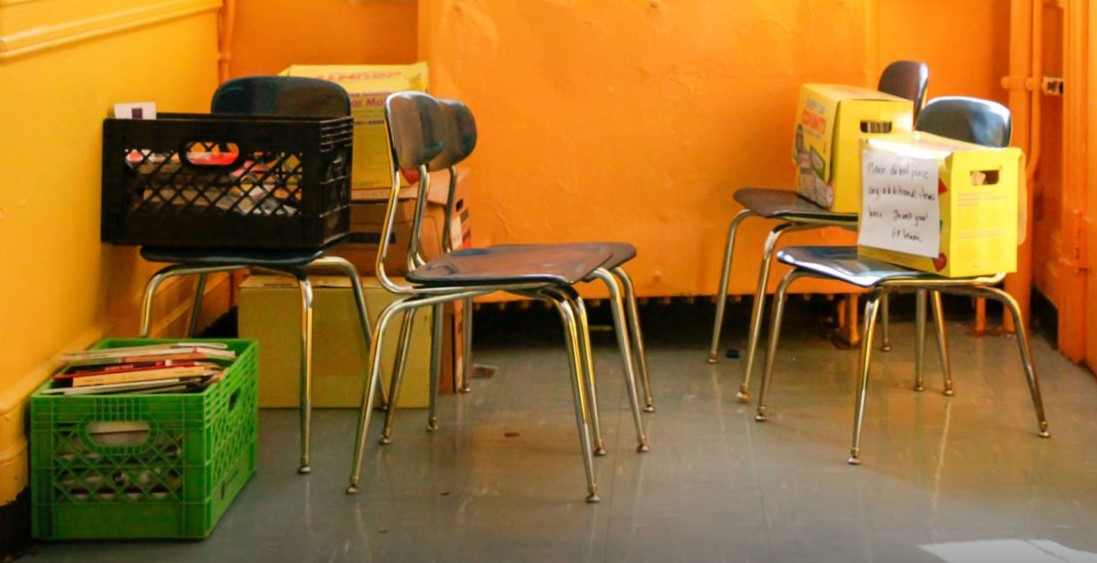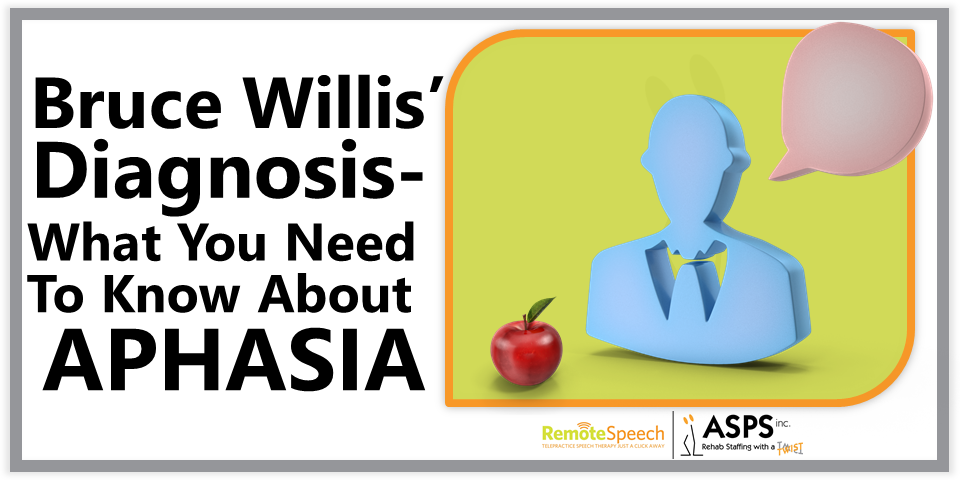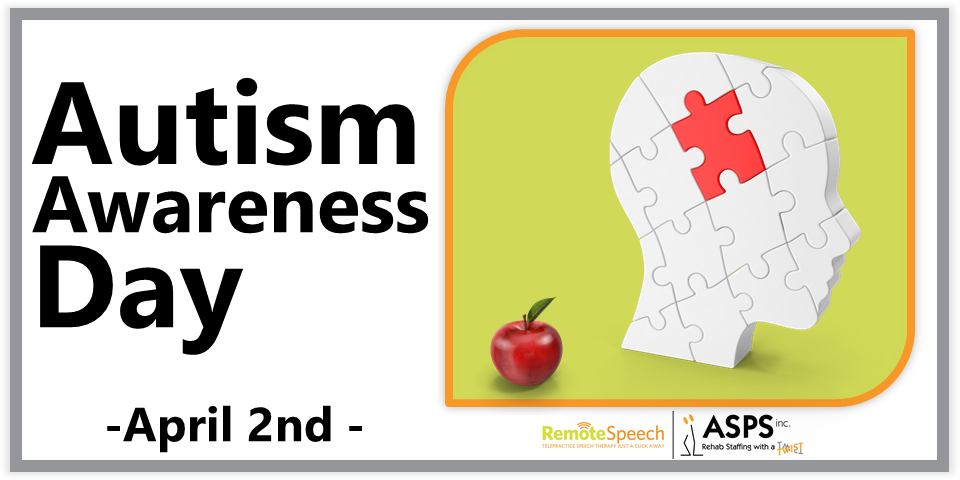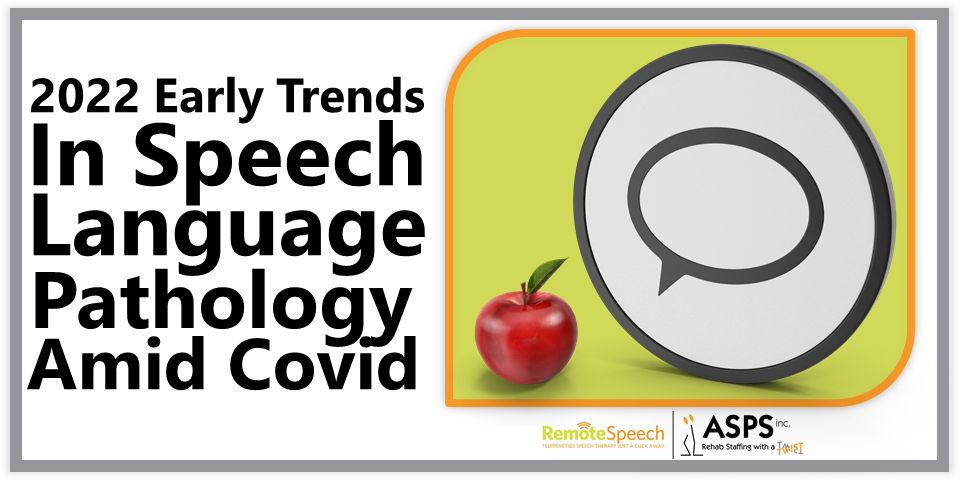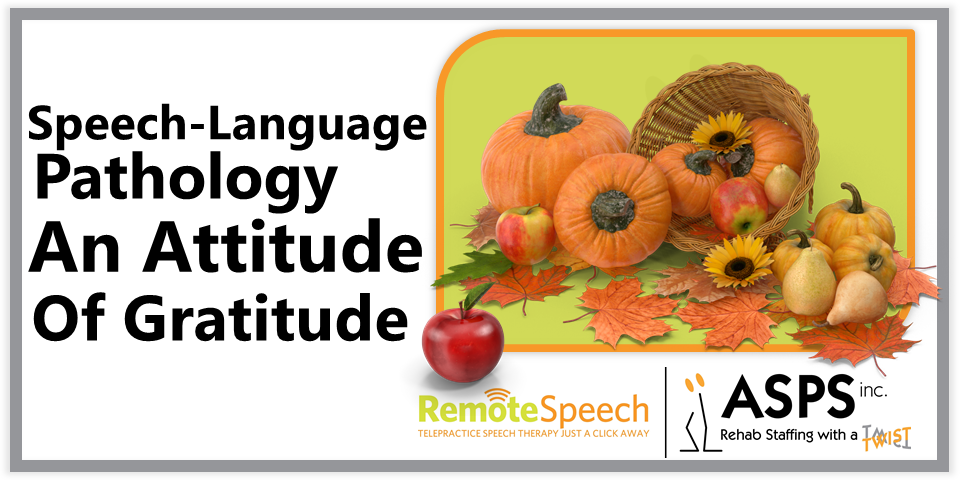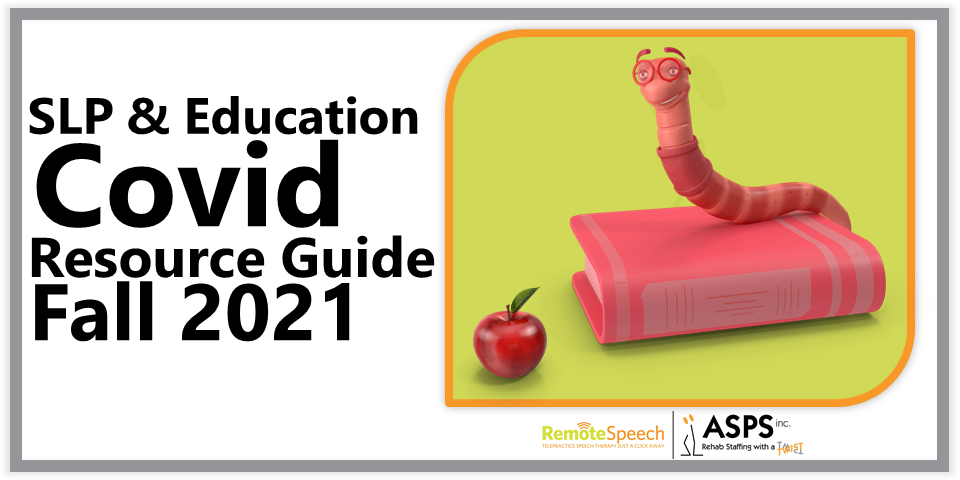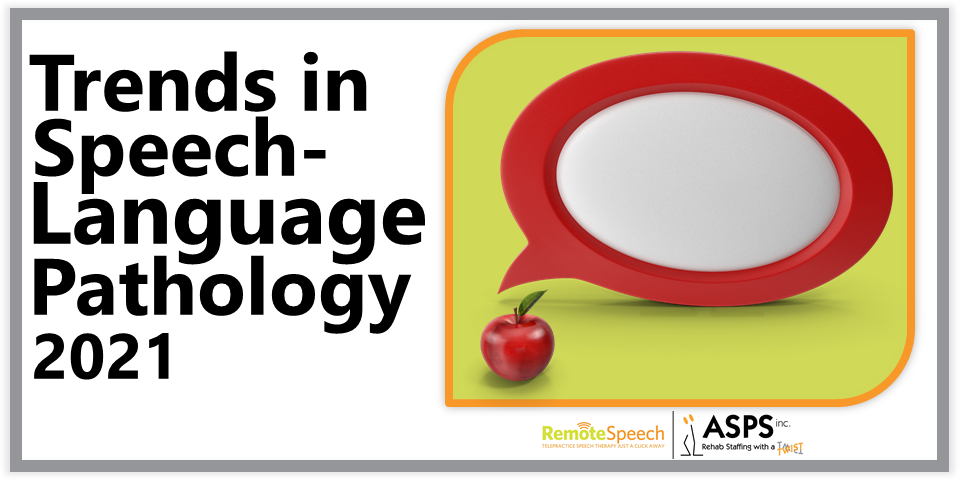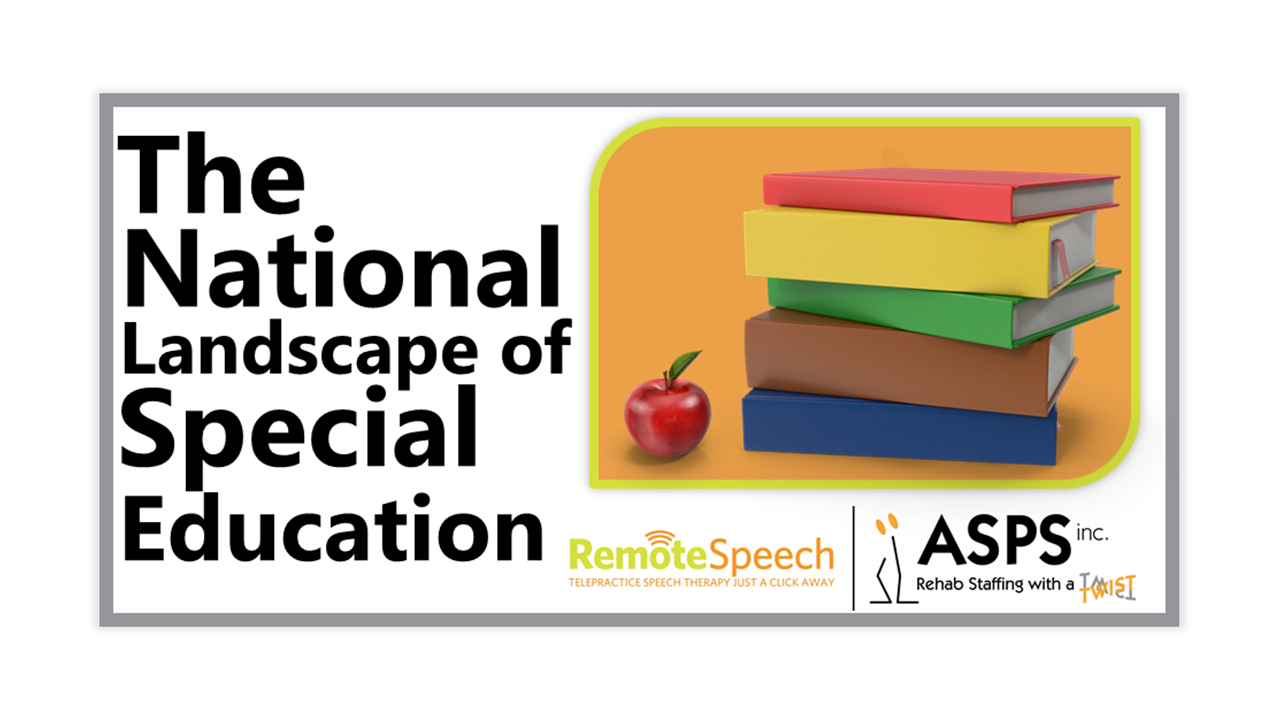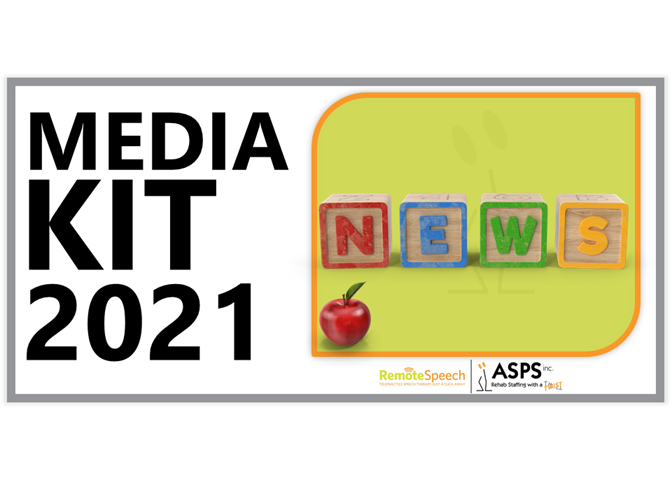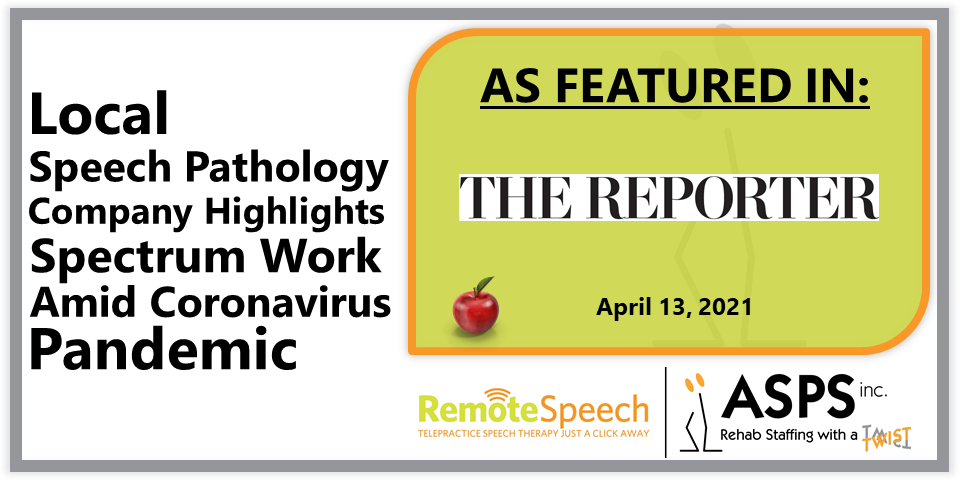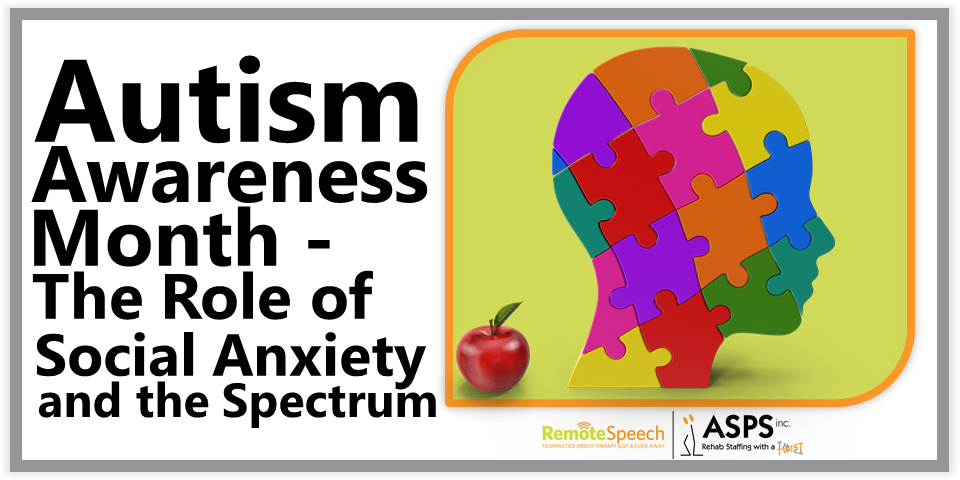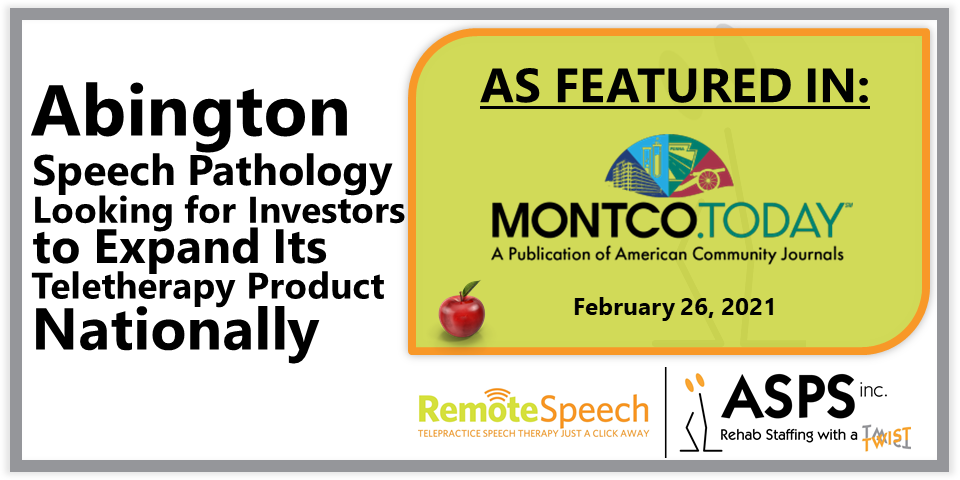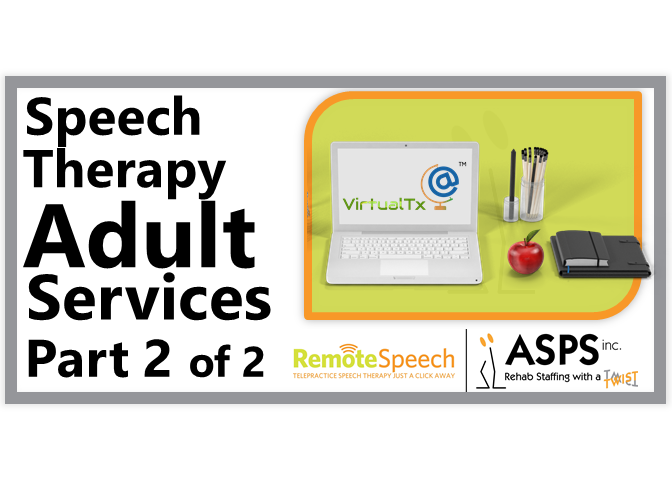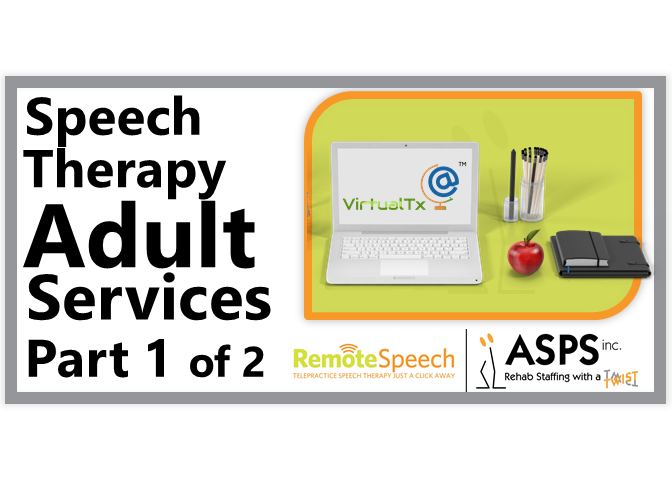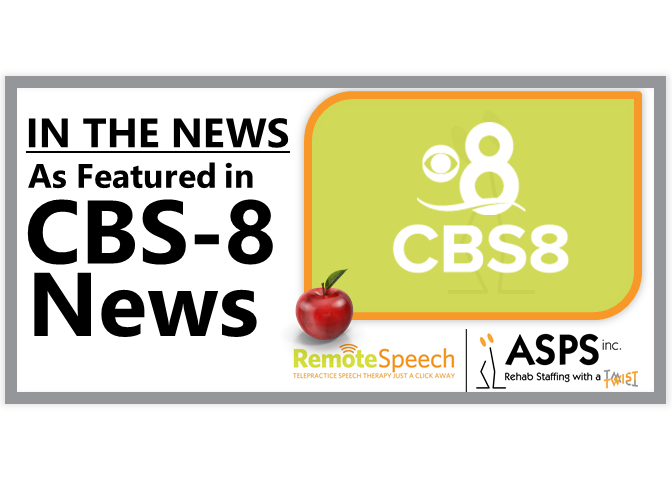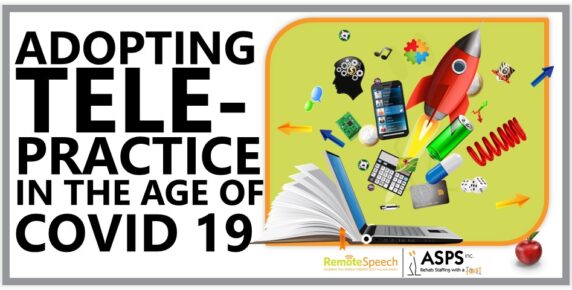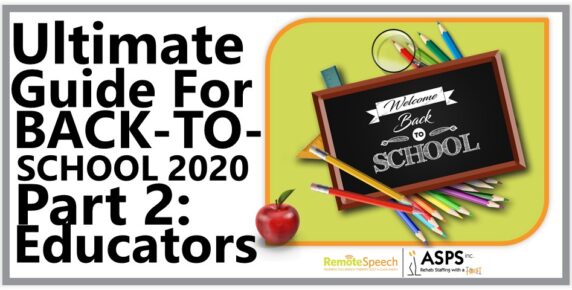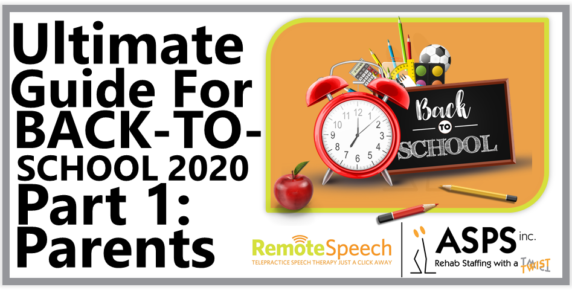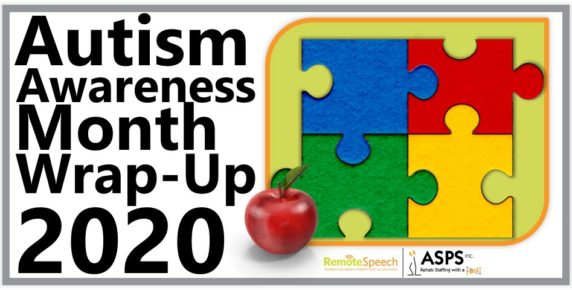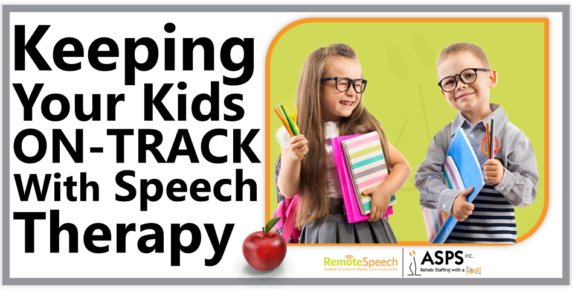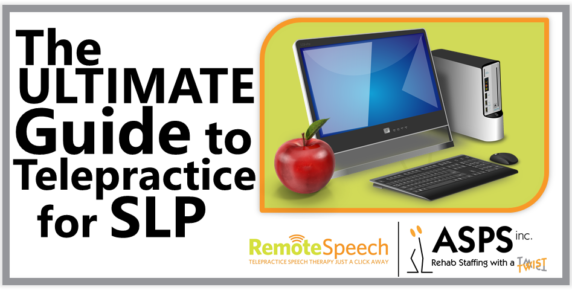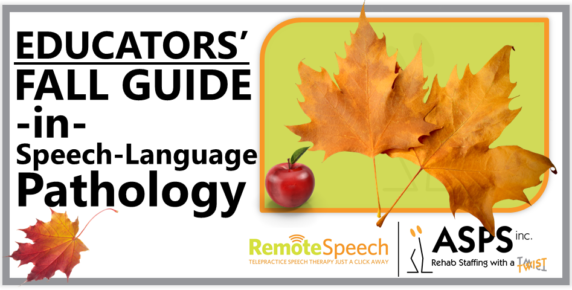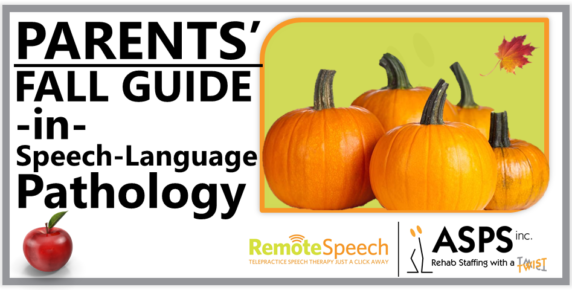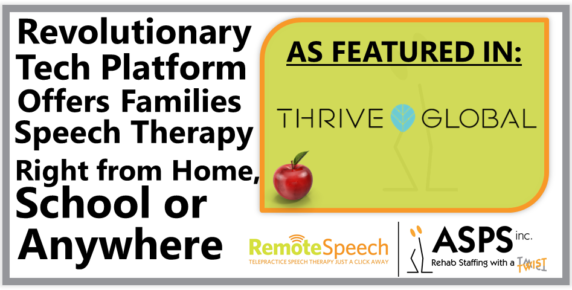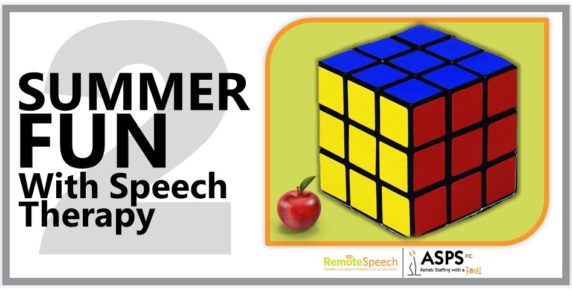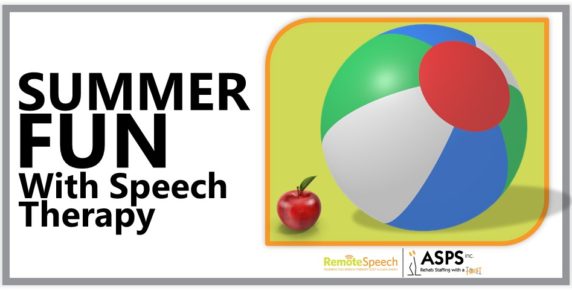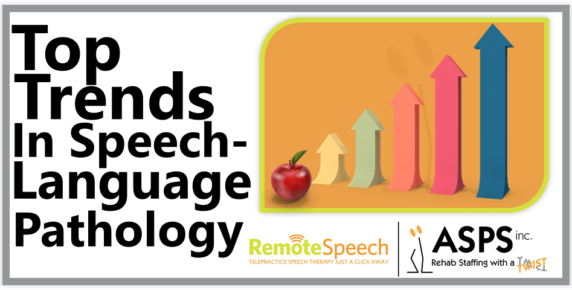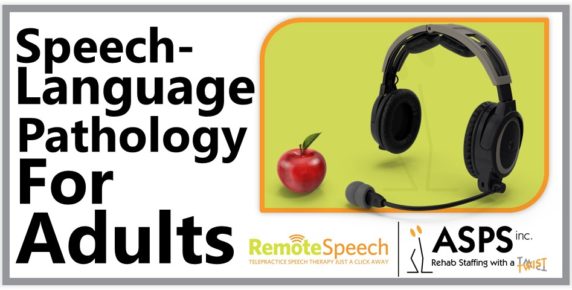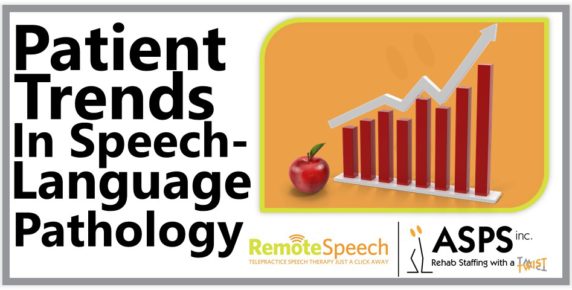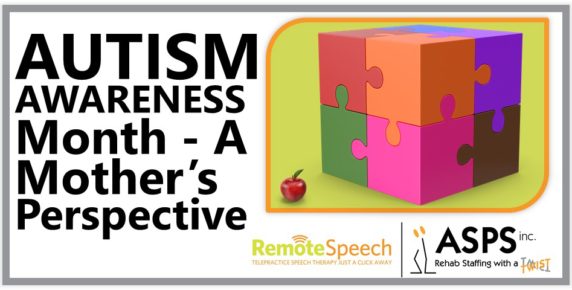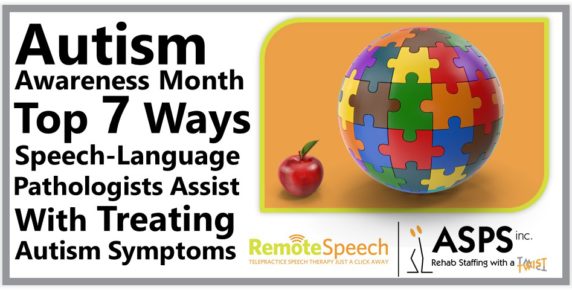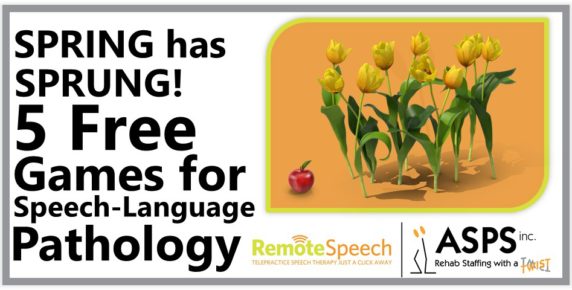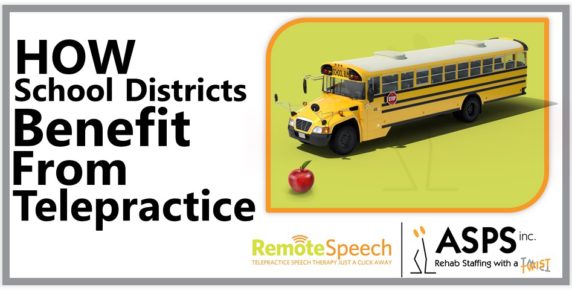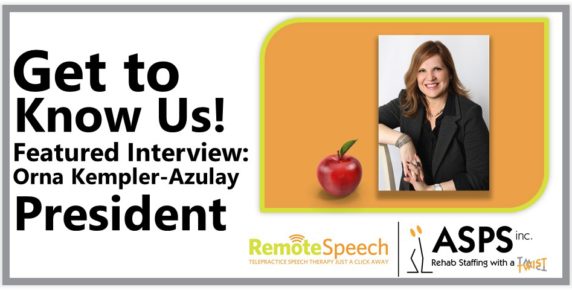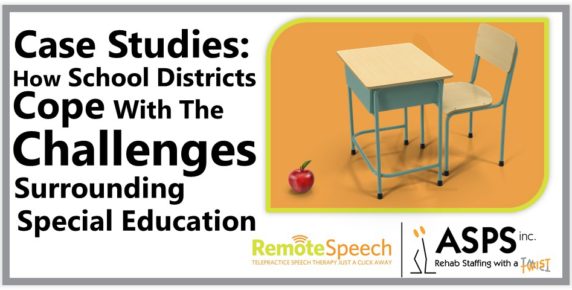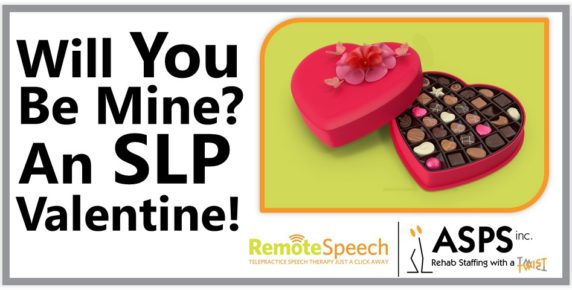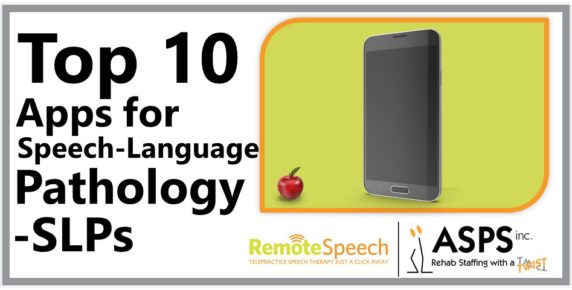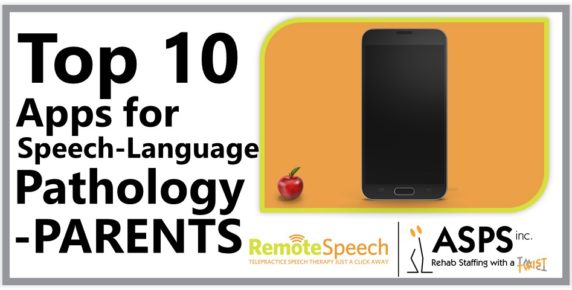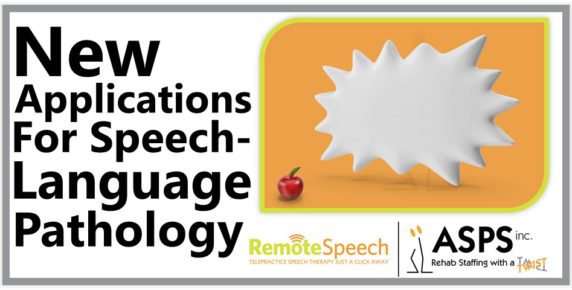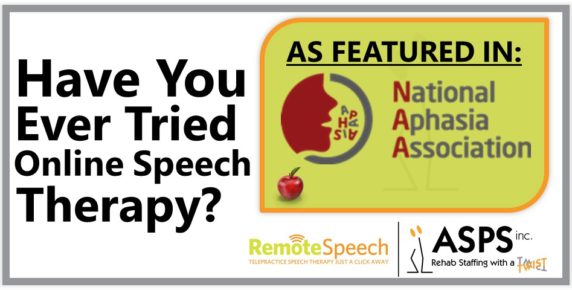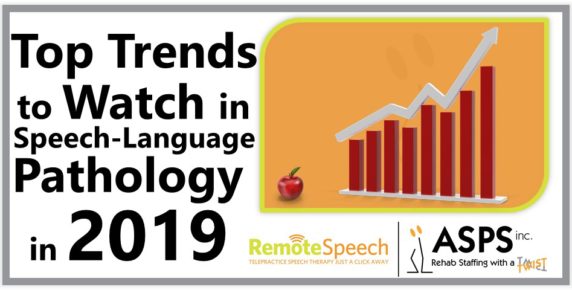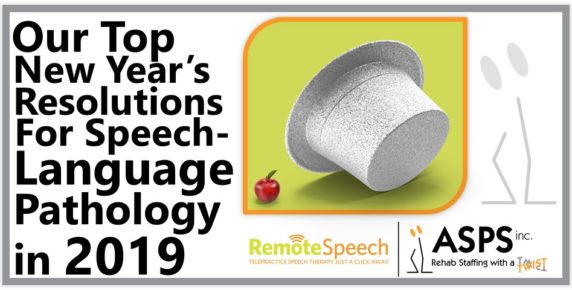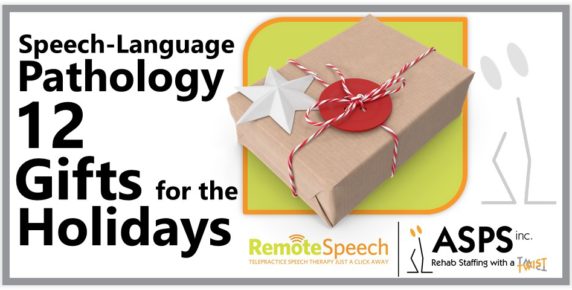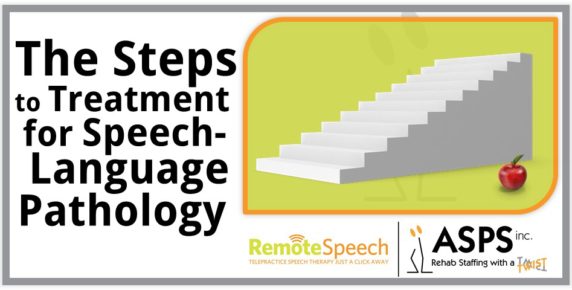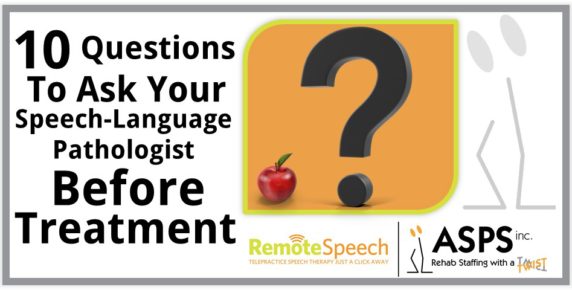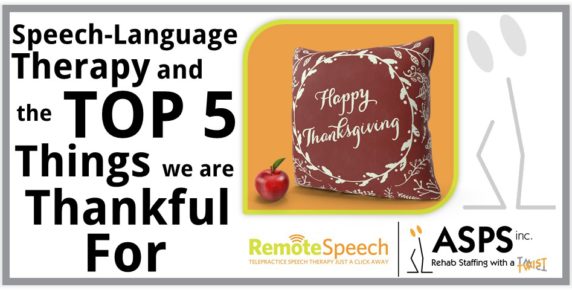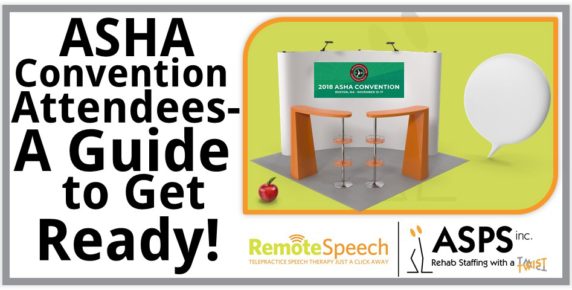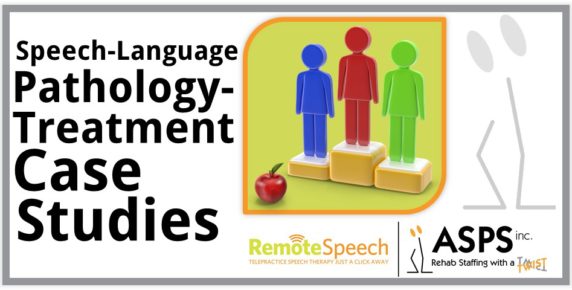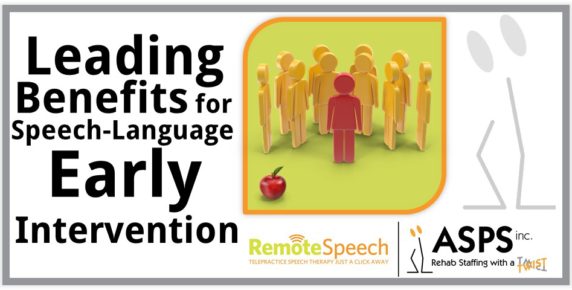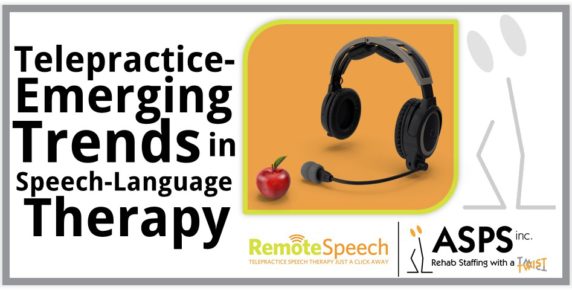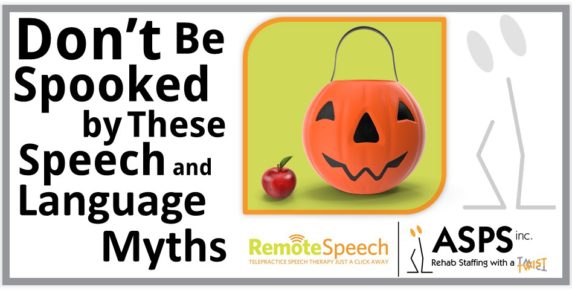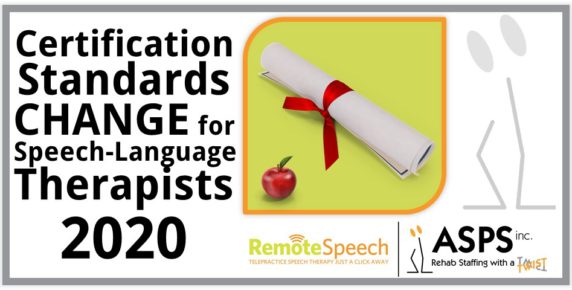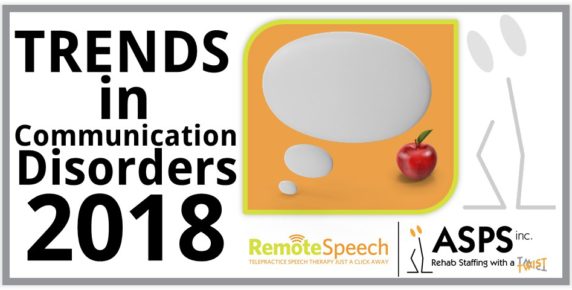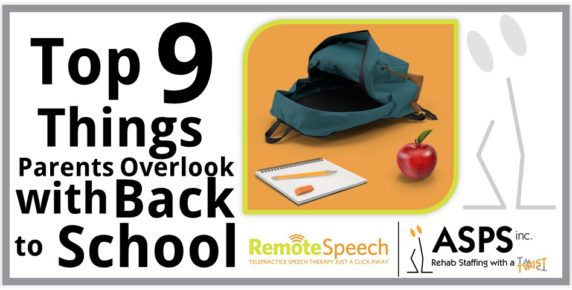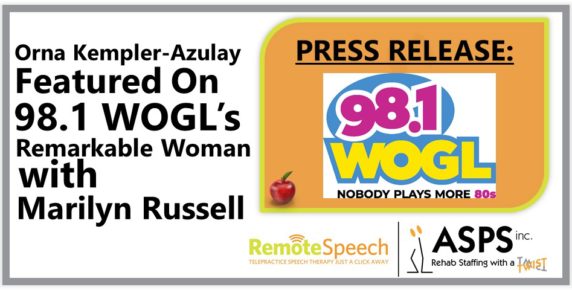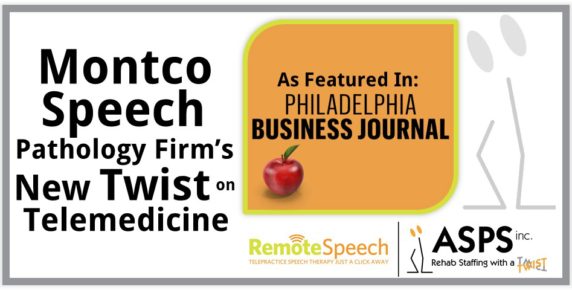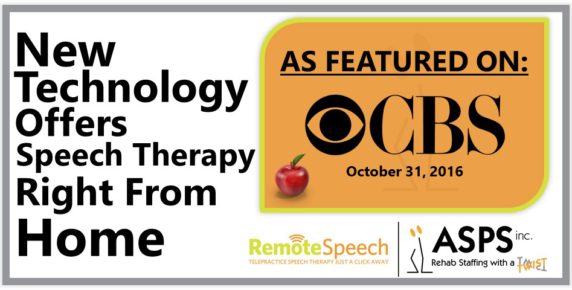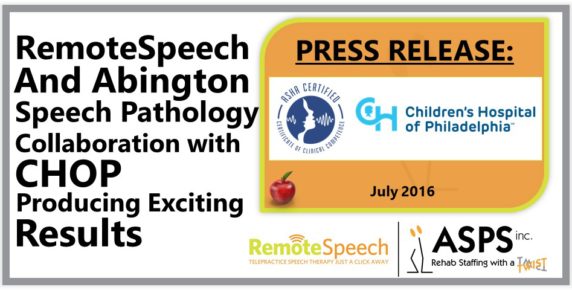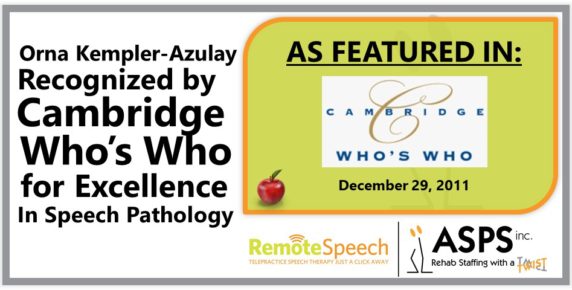Speech and Language Development is a complex matter. Kelli Thompson, M.S., (who holds a Certificate of Clinical Competence in Speech-Language Pathology) explains that “between articulation (aka sound production), language (think vocabulary size and variety, sentence structure, ability to understand spoken language), fluency (aka stuttering), voice (think hoarseness), and social communication skills, the number of areas we treat for within this field seem endless.” Not only can it be difficult to navigate, but it is a highly-common challenge children face both in the US and worldwide.
According to results of the first nationally representative survey of these disorders among children in the United States, as published by the US Department of Health and Human Services, nearly 1 in 12 children ages 3–17 has had a disorder related to voice, speech, language, or swallowing in the past 12 months. Further, 1 out of 5 children will learn to talk or use words later than other children their age. And, the consequences couldn’t be greater.
A speech and language disorder can have a widespread impact on a child’s life that lasts through adulthood. “It can make it hard to communicate in class, affect their academic performance and be socially isolating, even if it’s only a mild disorder,” says speech pathologist Liberty Gates.
There are extensive, formalized procedures and resources available to help assess your child’s individual needs for speech and language therapy. Here are six not-so-apparent signs that might help identify a need in your child. At the conclusion of this article, we offer steps that you can take for formal assessment.
1. MISSED MILESTONES ASSOCIATED WITH THEIR AGE GROUP
Milestones matter. A list published by the Parenting Team at Today outlines critical milestones for 18 months (including “can say ‘no’ correctly), 2 years ( “uses consonants in speech”) 3 years (“understands yesterday and a week ago”), 4 years (“use sentences a lot more”) and 5 years (“can understand ‘why’ and ‘when’”).
An even more comprehensive list provided by Family Physician examines more subtle behavioral cues. While this methodology is not exact, parents should have an understanding of the milestones that are expected to be achieved with each age bracket and make sure that their child is not falling far behind.
2. DELAYS IN PHYSICAL DEVELOPMENT
Delays in physical development can indicate challenges with speech and language development.
In a study titled Speech and Language Disorders in Children, studies of children with primary speech and language disorders often reveal that they have abnormalities in other areas of development. For example, studies by Brumbach and Goffman (2014) suggest that children with primary language impairment show general deficits in gross and fine motor performance, and such children also show deficits in working memory and procedural learning (Lum et al., 2014). Further, in a study issued by the American Family Physician, titled
“Developmental Milestones for Speech and Language in Children,” three tables illustrate traits of physical development and how it corresponds to the need for speech and language therapy. Parents of children that have experienced delays in physical development should be mindful of the child’s need for assistance with speech and language development.
3. BEHAVIORAL PROBLEMS
A child exhibiting frustration and/or behavioral problems might be expressing a cry for help for a more significant issue. Some children will show behavioral problems because they are frustrated when they cannot express what they need or want. SpeechNet offers a great checklist of some example behaviors that might indicate delays in communication, including:
- a child that is showing frustration, yet you often can’t work out what the actual problem is
- a child that bites when they are upset or annoyed
- a child that is often [whining] and it is often hard to know why
- a child that drags you everywhere to show you what they want
- a child that calls “mummy”, “mummy” repetitively but then does not seem to say or ask [for] anything
- a child that seems to understand everything but is not saying any or many words for their age
- a child that is too shy to mingle with other children and likes to stay close
- a child that is too boisterous when they enter a play situation with other children
Overall, if your child is exhibiting behavioral problems, it could be due to their frustration in their lack of ability to express themselves. These problems could be attributed to delays in speech and language development and might require the assistance of a professional.
4. FAMILY HISTORY
Challenges with speech and language could be in the “genes.” Science shows that reading and writing difficulties in the family give an increased risk of delays in children for both speech and language development. In a study published by Science Daily, Eivind Ystrøm, senior researcher at the Norwegian Institute of Public Health concluded “we show for the first time that reading and writing difficulties in the family can be the main reason why a child has a speech delay that first begins between three to five years of age… [and that] reading and writing difficulties in the family are the predominant risk factors for late-onset language difficulties.” Ystrøm further states “we have good knowledge about normal language development in children. Many genes are important for language development and research suggests that different genes are involved in different types of language difficulty.” In a study that surveyed more than 10,000 children from week 17 of pregnancy up to five years of age, researchers believe that both specific genes and factors in the child’s external environment can lead to delays in language development at three to five years of age. In conclusion, if you, your spouse, the child’s grandparents and/or siblings experienced delays in speech and language, it’s a good indication that your child should be evaluated by a licensed professional.
5. OTHER DIAGNOSIS
A study titled “Speech and Language Disorders in Children” states that “speech and language disorders can accompany or result from any of the conditions that interfere with the development of perceptual, motor, cognitive, or socioemotional function.” Accordingly, conditions such as hearing loss, auditory processing disorder, autism spectrum disorder, down syndrome, fragile X syndrome, autism spectrum disorder, traumatic brain injury, and being deaf or hard of hearing are known to increase the potential for childhood speech and/or language disorders. Be sure to consult with your pediatric physician to about any conditions that your child has been previously diagnosed and inquire about the effect(s) such diagnosis could have on their speech and language development.
6. INTUITION
Last, but most certainly NOT least, is a parent’s intuition. Of all the scientific studies that we’ve noted throughout this article, nothing can compare to the natural, God-given intuition that a parent has for their child.
If you believe that your child would benefit from a formal screening from licensed, speech and language pathologist, click here to schedule a complimentary assessment by one of our licensed partners.

